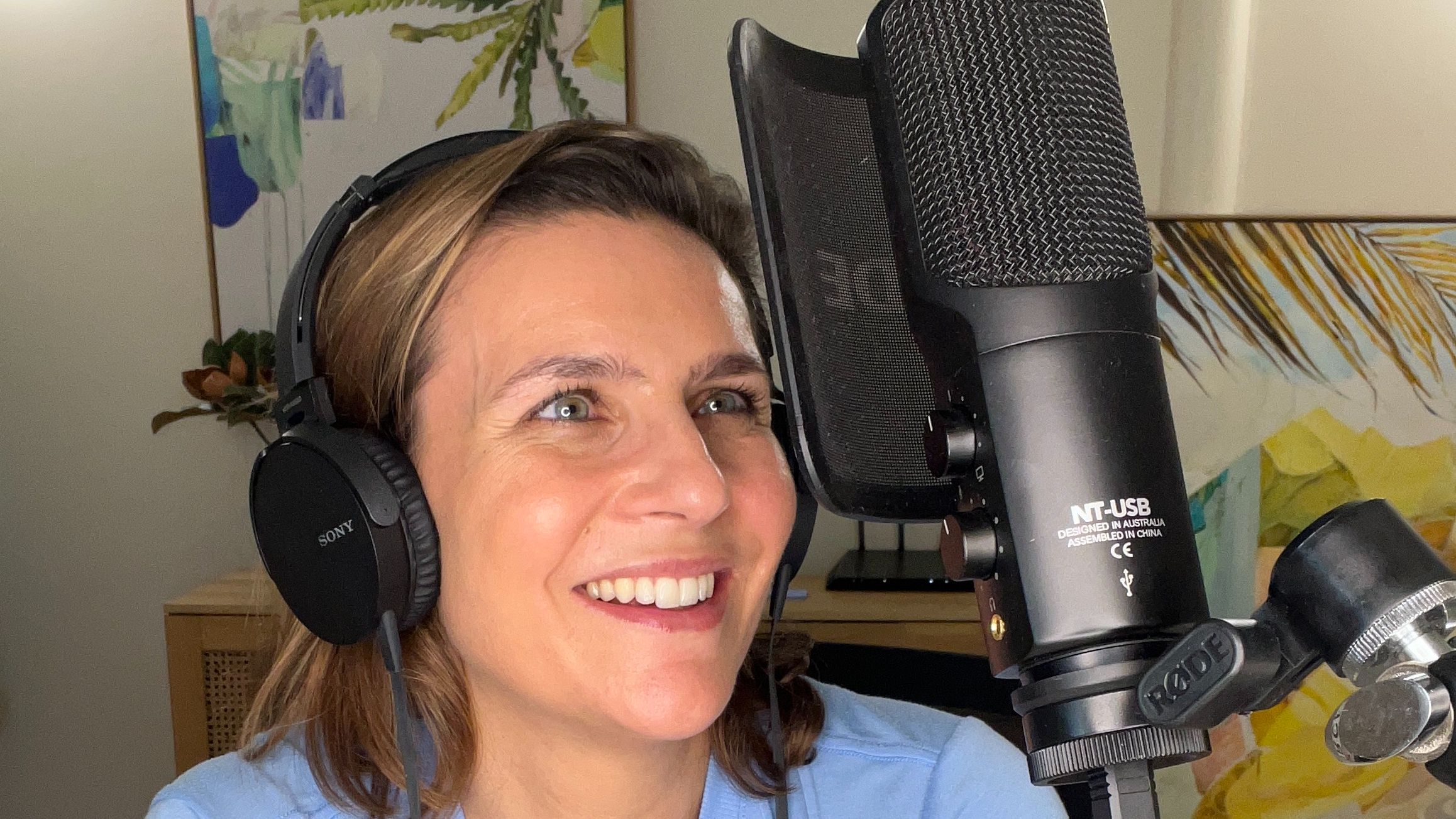Podcast Strategy in 2025 and Beyond: Lessons from Got Marketing?
Oct 15, 2025
Podcasting has matured. The days when anyone could grab a microphone, hit record in their car, and upload an episode are fading fast. With more than 584 million listeners worldwide in 2025 and only 15% of podcasts still active, the space has become both leaner and more competitive. For small business owners and entrepreneurs, that shift presents an opportunity—but only if it’s backed with a clear strategy.
The evolution of Got Marketing?, produced by Campaign Del Mar, offers a behind-the-scenes look at what it takes to keep a podcast worth tuning into—and the lessons for building a podcast in 2025.
Why a podcast strategy matters in 2025
The barrier to entry for podcasting used to be low. Today, audiences expect more polish. Competing with professional studios, cameras, editors, and entire content teams requires more than enthusiasm. It requires a savvy strategy, a compelling podcast format, and a genuine point of difference.
Many shows that launched during the boom have gone quiet. That thinning of the field means those still publishing have a chance to build loyal audiences. For entrepreneurs, a podcast is no longer about being everywhere. It’s about doing fewer things, and doing them better.
Refreshing the Got Marketing? approach
After four years of running Got Marketing?, we noticed listener fatigue. The early seasons focused heavily on guest interviews and big-picture marketing conversations. Valuable, yes, but the episodes often ran long and asked a lot of our audience’s time.
Heading into Season 6, we overhauled the show to match what our listeners wanted: focused insights, clear takeaways, and variety in format. Here’s what changed:
- Shorter episodes: Most are now 15–30 minutes, making it easier to commit to listening.
- Tighter focus: Episodes cover specific strategies or examples listeners can weave into their workflow straight away.
- Segmented style: Each episode feels fresh, with different recurring mini-formats.
- Standalone brand: The podcast now lives outside the Campaign Del Mar umbrella, with its own identity, Instagram account, and Substack newsletter.
One of the most popular changes has been adding 5-minute episodes and short recurring segments. These allow us to test bold ideas, share quick wins, and give listeners something snackable. It also keeps the format of the podcast interesting, which keeps listeners engaged. Here’s a peek at the segments we brought in:
- Gurus in the Wild: A roast session where we call out unethical marketing moves spotted in the wild. And yes, we get spicy with this segment.
- The Big Swing: A spotlight on bold, audacious campaigns—celebrating the wins and dissecting the flops.
- Low-Hanging Fruit: Simple, actionable tips that can create an immediate shift.
- Strong Opinions are Sexy: Our unapologetic takes that stand out in a crowded industry. Most content produced by brands is bland, and choosing to stand for something makes you memorable.
- Marketing Moment: A single idea or tactic, explained in five minutes.
Making the podcast a brand of its own
Separating Got Marketing? from Campaign Del Mar gave the show the attention it deserved. We developed its own visual identity, dedicated social channels, and a Substack newsletter that acts as a backstage pass for listeners. Subscribers get content that didn’t make it into the final cut, plus bonus ideas tied to each episode.
Creating a standalone brand signalled to our audience that the podcast isn’t just an add-on to our Campaign Del Mar ecosystem—it’s its own hub of marketing insight. This move has already increased our listenership and gotten us greater traction on socials.
What entrepreneurs and podcasters can learn from this strategy
If you’re considering launching or reviving a podcast in 2025 and beyond, here are the key lessons from Got Marketing?:
1. Go shorter, sharper, smarter
Attention spans are stretched thin. Shorter episodes with a clear focus respect your listeners’ time and build loyalty, and it also means your episodes are more likely to be actually listened to, rather than staying on their “to listen” list for eternity.
2. Build variety into your format
Recurring segments keep your content dynamic and predictable at the same time. Listeners know what to expect, but they never feel stuck in a loop of “haven’t I heard this before?”.
3. Treat your podcast as a brand
A standalone identity helps you grow without competing for attention with your other content. Dedicated channels also give your podcast space to experiment and build its own community, without muddying the waters of your existing brand.
4. Play the long game
Podcasting never has been and never will be a “quick win” strategy. With only 15% of podcasts active, stamina is the real differentiator. Instead of chasing trends, design a format you can sustain.
5. Embrace multi-channel content
Video-forward podcasts are on the rise, especially with YouTube viewership climbing. Filming your episodes makes it easier to repurpose content into short, shareable clips for social media.
View this post on Instagram
Podcasting in 2025: A mature medium
The podcast boom hasn’t ended; it has matured. Listeners are more selective, but they’re listening more than ever. That means the window is open for small business owners and entrepreneurs who can bring structure, clarity, and personality to the mic.
By evolving Got Marketing? into a more focused, segmented, and branded show, we’ve seen engagement grow and fatigue fade. It’s proof that a clear strategy doesn’t just sustain a podcast, it helps it stand out.
For women entrepreneurs and small business owners weighing up whether podcasting is the right move, the lesson is clear: don’t aim for more, aim for better.

Written By
Mia Fileman
Marketing Strategist

Author
Mia Fileman
Marketing Strategist and Founder



